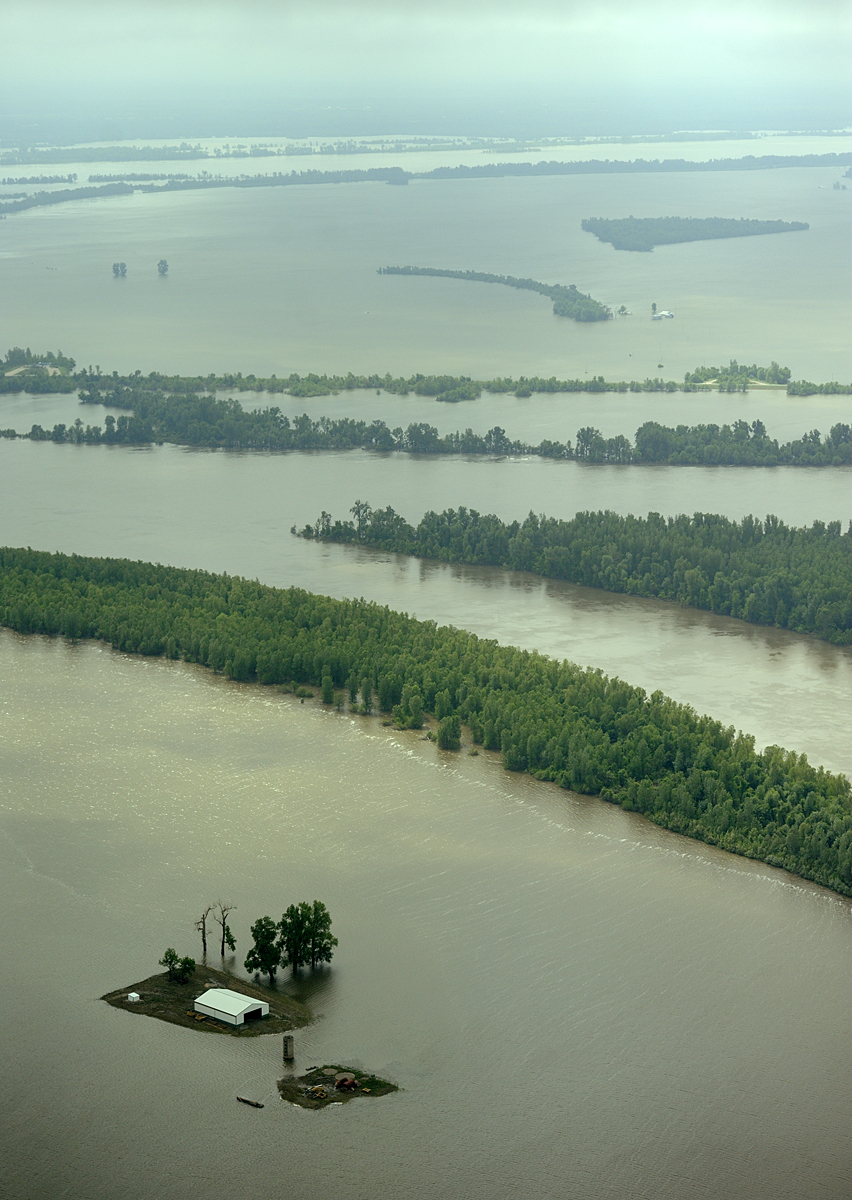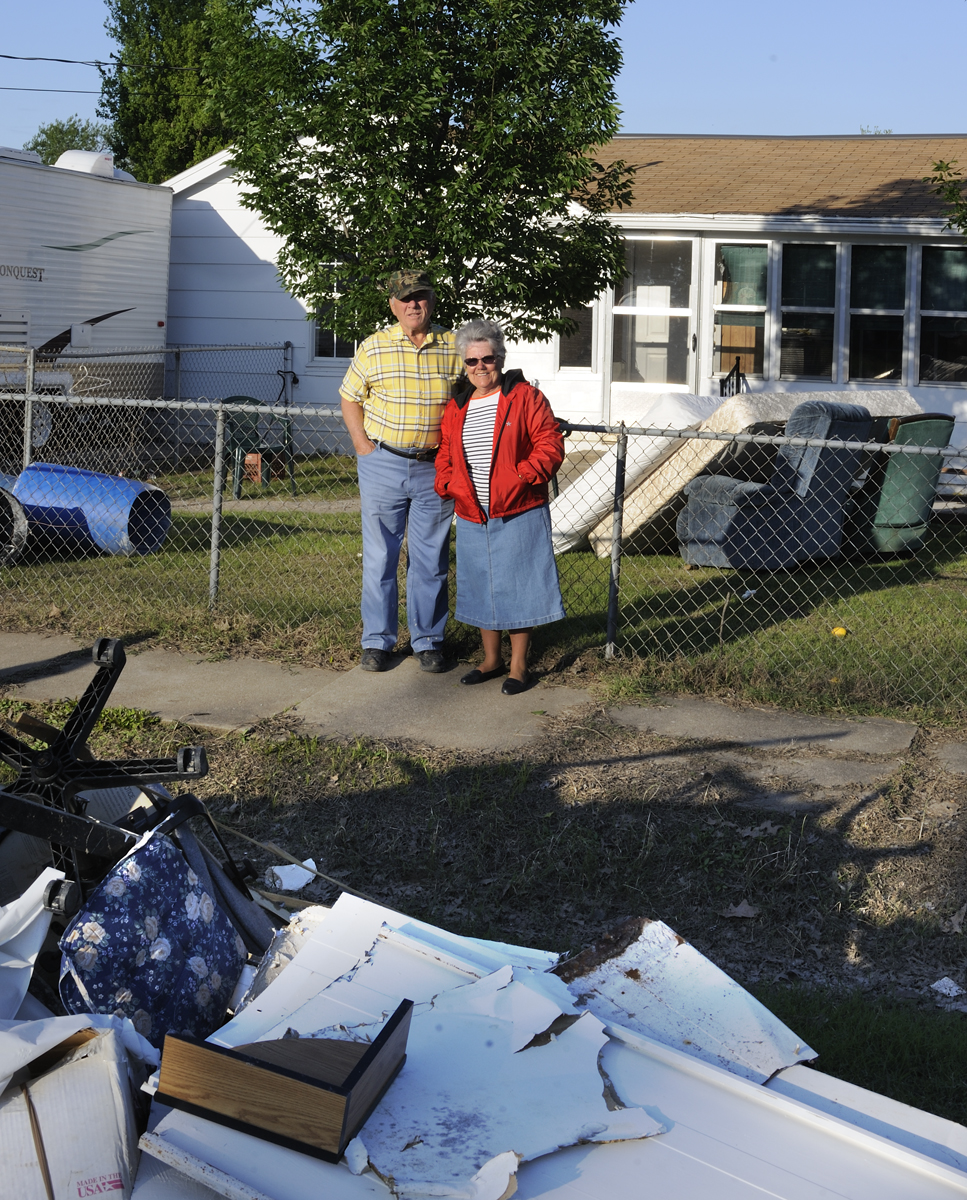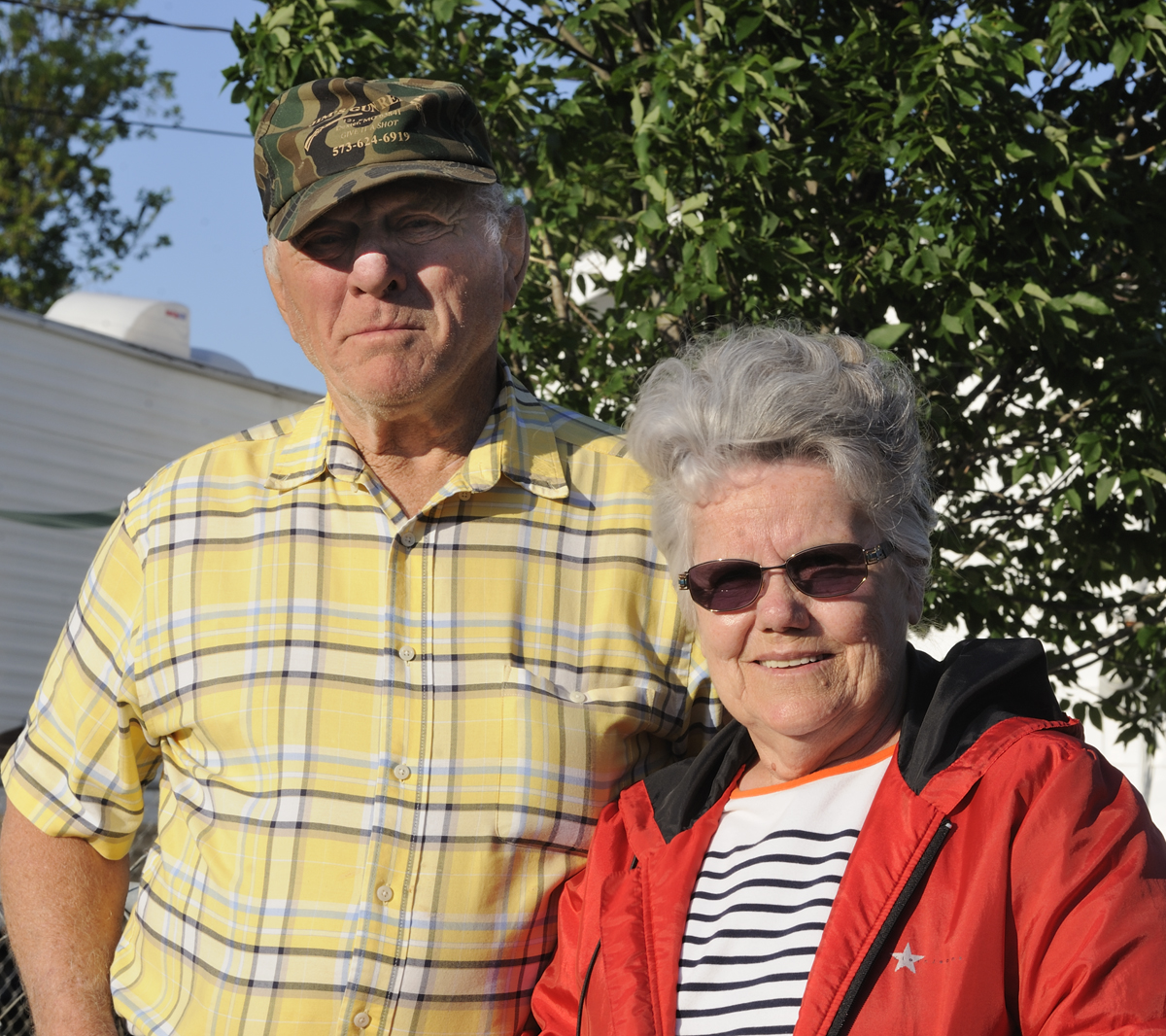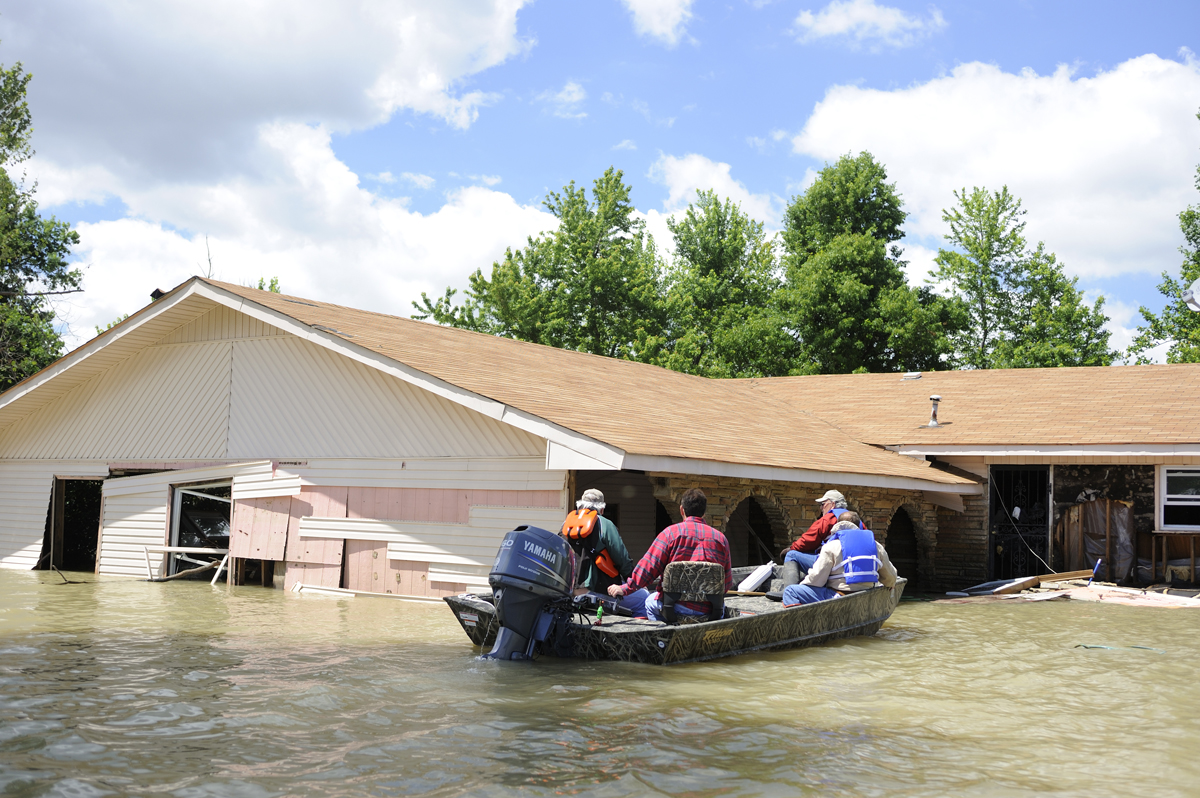In the first 24 hours after I put up the post “Tell the Corps: Do The Right Thing!” 265 people read the blog post. Many have emailed me, saying they were planning to or already had written Mr. Pogue at the U.S. Army Corps of Engineers to encourage quick action on rebuilding the levee at Birds Point in Mississippi County, Missouri. People have posted links on their facebook and other social networking pages to encourage their friends and some have said “I will send this on to everyone I know.”
Some people have forwarded a copy of their message to me and, I am pleased to say, a copy of a quick email response from Mr. Pogue. While the answers do not contain any information regarding when, or if the work might begin, they are individually written to each person, not a form response. This seems to say that at least the Corps is reading the messages and getting a sense that people are aware of this situation, watching and waiting to see what transpires.
In other very encouraging news – the Governor of Missouri has sent a letter to the Corps of Engineers asking that they “expedite review and processing of the plan to the fullest extent possible to allow farming and the region’s recovery to begin.” ALSO – he has said “his administration is prepared to commit the resources necessary to construct a temporary levee at Birds Point as soon as the Corps approves the plan.” Governor Nixon said, “These farmers already have missed a significant portion of this year’s growing season, and they need to have their crops in the ground as soon as possible.” Thank you, Governor Nixon!
On behalf of the people of Mississippi County, thank you to everyone who read and responded or plans to do so! The growing season is waning every day this is delayed. We know the Corps is listening now – thank you for helping!
Here again is the contact information for the Corps of Engineers:
U.S. Army Corps of Engineers
Mississippi Valley Division
Memphis District
Jim Pogue, Public Affairs Chief
Phone 901-544-4109
Email james.t.pogue@usace.army.mil
Postal address: 167 North Main Street, B202
Memphis,TN38103-1894






